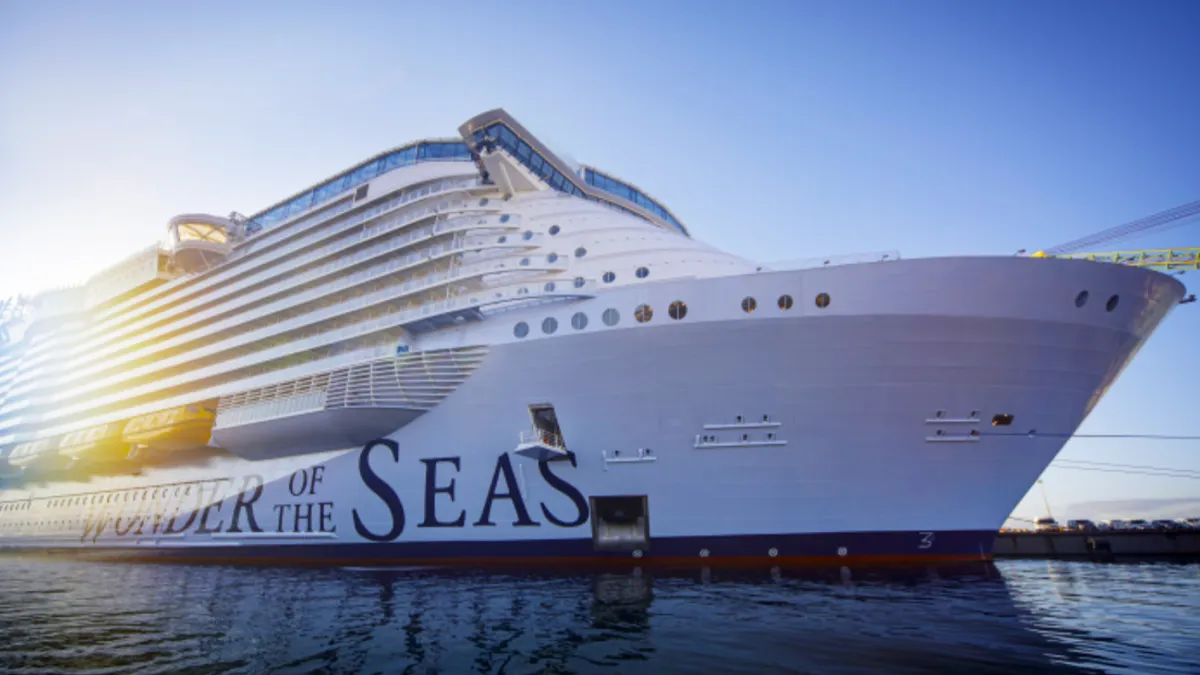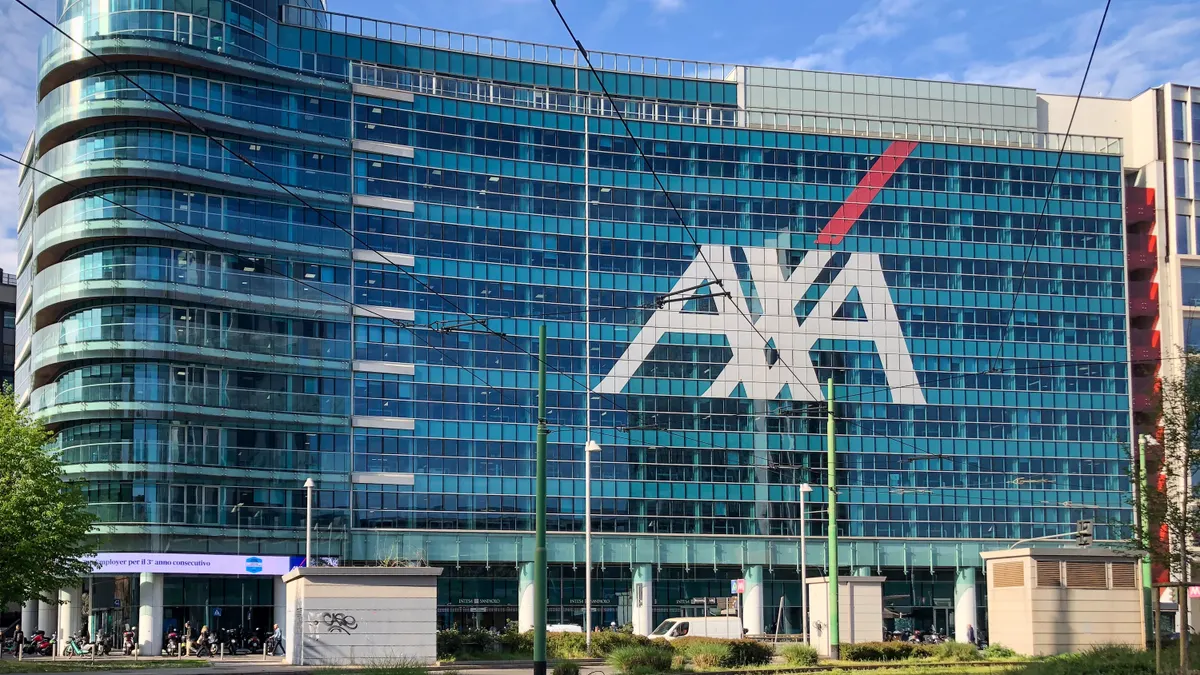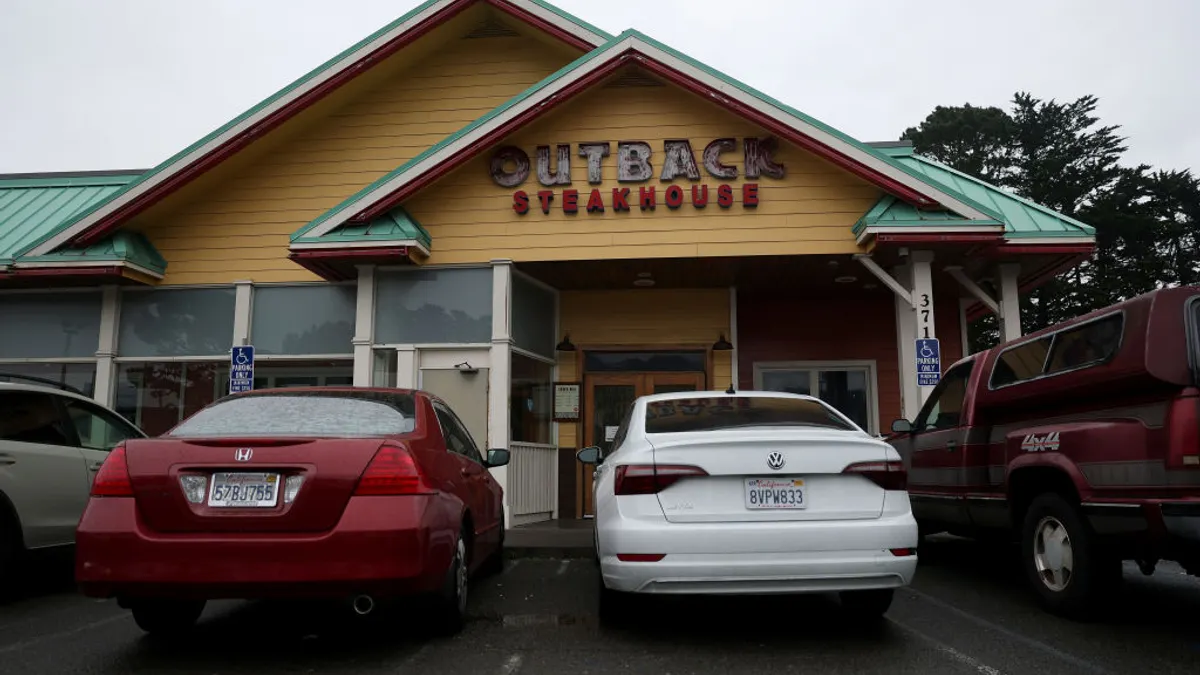Enterprises often struggle with multicloud decisions, with vendor and workload match a main pressure point. But specific industry traits matter, too.
To convey the difficulties of enabling cloud for a cruise ship company, Jay Schneider, chief product innovation officer (CXO) at Royal Caribbean International and SVP leading the digital transformation for Royal Caribbean Group's cruise lines, describes a litany of systems required to ships running smoothly while on the high seas.
"If you think of us as a large city, there's no such thing as a preferred vendor," said Schneider in an interview with CIO Dive. Royal Caribbean Group operates 64 cruise ships, 26 of which are in Royal Caribbean International’s fleet, each having a wide range of IT needs, including everything from ticketing to navigational systems or point-of-sales software.
Multicloud is a must for any modern organization, but the strategy presents additional upside for businesses with multiple system needs.
More than one-third of companies operate in a multicloud environment, according to data from Nutanix. But that number is set to surpass 64% by 2025 as organizations pick and choose the providers that suit them where they most matter.
Choosing the right mix of cloud vendors is a heady decision for IT leaders, who must gauge the merits of service providers to efficiently meet their needs. The thought process becomes more complicated for organizations in unique business verticals with challenges of their own. The right choice comes down to finding a match between workloads, features and connectivity — as well as cost.
"Land based technology executives have it easy," said Schneider. "Slap an internet connection into the cloud, and they've got full reliability. Their uptime is based on what they're getting from AWS or Google or somebody else."
For a seafaring operation, tech leaders have to focus on whether the satellite connection is up and running, adverse weather conditions or geographic challenges to staying connected.
"There's not great coverage north of Seattle, south of Juneau along the coast," Schneider said. "There's not great coverage in the Norwegian fjords. Those are things that we have to address on a regular basis."
Cloud at sea?
There's no recipe for a perfect vendor selection process. But in the case of a cruise ship company, details matter.
"Flexibility is going to be a big thing; the ability to deploy sort of a seamless, hybrid-type solution in a way that doesn't tax your shipboard resources," said Jeremy Roberts, research director at Info-Tech Research Group.
Matching workloads and vendors is a constant exercise for executives, who assess a number of factors into their choices — from cost to staffing.
Schneider said Royal Caribbean draws from Google Cloud for certain use cases, with AWS taking on the majority of normal cloud infrastructure and Microsoft Azure driving advanced data analytics.
This spread matches trends in the IaaS market overall, where AWS leads in market share while Microsoft and Google follow.
"There's no right provider or solution," Schneider said. "You've got to go through the due diligence to find common platforms and technologies for the use case."
Running IT for industries such as cruise lines means thinking through application and system design "to be a little bit more robust under some poor connectivity situations," said Andrew Taylor, senior architect in West Monroe's technology practice.
Weighing cost and features
Another concern for IT leaders shaping their cloud playbook is cost, especially amid inflation and recession indicators. Controlling cloud costs was listed as the No. 1 challenge for 36% of cloud adopters, according to Foundry's 2022 Cloud Computing Survey.
While service costs are a consideration in the vendor selection process, one area often overlooked by IT leaders is the cost of access to talent who can operate the cloud systems, Taylor said.
"There's some contract term things there, but it's really around: how do I have the right support and staff that can manage multiple cloud environments? That's kind of factored into my analysis, as well, and not just the run rate," said Taylor.
Beyond cost, companies in spaces with connectivity issues need to have good integration capabilities with on-premise systems.
"A complete, comprehensive solution that helps you straddle the shipboard world and the shore-based world, integrates well with your legacy systems and allows you to be dynamic and flexible, that's really what you're looking for," Roberts said.
Ultimately, Schneider approaches cloud strategy at Royal Caribbean by combining the power of internal and external expertise.
It's very important executives put in place a solid enterprise architecture practice, Schneider said. "Having the right balance of the right expertise in house, relying on partners when needed and just going through the normal rigor is important."
Correction: This article has been updated to reflect Jay Schneider is chief product innovation officer (CXO) at Royal Caribbean International and SVP leading the digital transformation for Royal Caribbean Group's cruise lines. The article was also updated to reflect Royal Caribbean Group operates 64 ships.























